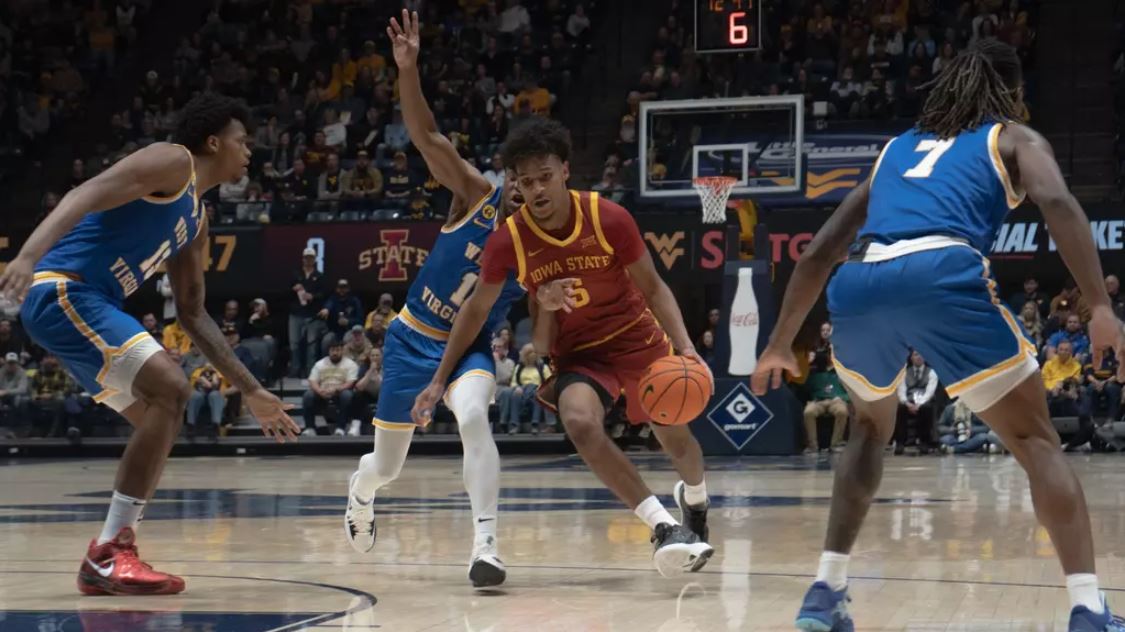Virtual reality aims to improve designs of livestock housing
October 4, 2004
ISU researchers are using virtual reality to better design and analyze livestock housing systems.
“We’re interested in animal comfort, odors and greenhouse gases that are produced in the buildings,” said Tom Richard, associate professor of agricultural and biosystems engineering and former co-principal investigator of the three-person research team. “We try to understand better how they’re being produced and where they’re going so that we can control that as much as possible.”
The research team now consists of Kenneth Bryden, associate professor of mechanical engineering, and Joe Hynek, graduate research assistant for the Virtual Reality Applications Center. The researchers are using technology at the Virtual Reality Applications Center to model animal housing systems and find methods to improve them, Richard said. The project started with pigs, but researchers believe the tools they’ve developed will be relevant to different types of livestock, he said.
“We’re also thinking more into the future about actually redesigning buildings to be more effective for a range of different criteria, including animal health and performance and environmental concerns,” Richard said.
Hynek said virtual reality has a number of practical uses.
“The idea of virtual reality is you put high fidelity models into the hands of the experts. Those are the people who aren’t necessarily computer people or engineers, but in the case of hog buildings, the expert is the farmer because he knows his building from working in it everyday,” Hynek said. “He knows where the pigs get sick and where there’s problems, but he doesn’t really know why.”
Hynek said he hopes that farmers will be able to model their buildings in virtual reality to see factors such as where the air blows and temperature fluctuates. Using high fidelity models and practical experience, the farmers should be able to make engineering-based decisions on how to improve the buildings, Hynek said.
“The only disadvantage we face is this is a new tool and people will have to get used to it,” Richard said. “So, there’s a certain amount of uncertainty about how well the tools will predict and how things are going to work out in reality.”
Virtual reality has several advantages over the traditional design process, Hynek said. It speeds up the design process because it avoids the problems of manufacturing and the cost and time of building a prototype, he said.
“With the normal design process, you have to build a building to figure out how it’s going to work,” Richard said. “Because of the investment involved, for most individual farmers it will take a generation before they can afford another building. With virtual reality, we can analyze design changes in more or less real time, evaluate how they’re going to perform, and make adjustments all before we actually put a hammer and nail on the site.”
Virtual reality has also been used to compare and understand experimental results of emissions from hoop buildings, Hynek said. Placement of emissions sensors in the hoop buildings is important for obtaining accurate measurements.
“There are a lot of factors that can change where the emissions will go out of the building,” Hynek said. “If you model it in virtual reality, you can see where things are going and that way you can pick a better place to put your sensors.”






